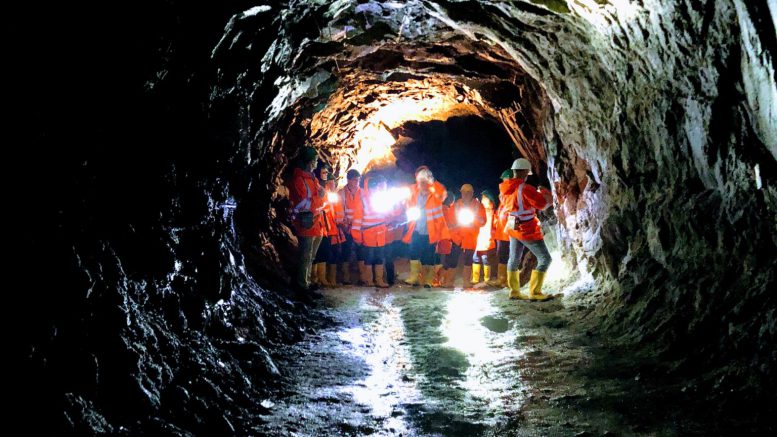The chairman of Critical Metals (NASDAQ: CRML) says he’s unfazed by a plunging debut this week on the Nasdaq exchange and depressed commodity prices as the company advances what could be Europe’s first battery-grade lithium mine.
Critical Metals, which formed in a merger between European Lithium (ASX: EUR) and Washington, D.C.-based Sizzle Acquisition, fell 41% from its listing on Wednesday to close at US$10 per share on Friday, valuing the company at US$23.1 million.
Lithium carbonate was US$13,275 per tonne on Friday compared with US$59,850 per tonne a year ago, according to The Wall St. Journal.
The company owns the US$1.2 billion fully permitted Wolfsberg lithium project in Carinthia, Austria, set to become Europe’s first battery-grade lithium mine by 2027. It has secured supply agreements with BMW, and a deal with Riyadh-based Obeikan Investment Group to build a lithium hydroxide plant in Saudi Arabia. That 50:50 joint venture aims to construct and operate the plant to convert lithium spodumene concentrate.
“If you’re in production now, you’re in a little bit of a problem, but we’re going to come out of the construction phase at the right time, supplying BMW,” chairman Tony Sage told Northern Miner sister publication Mining.com. “If you look at all the forecasts of every research house, it’s going to be a squeeze around that time, so prices should be up.”
Two-year build
Wolfsberg will require two years of construction and Critical Minerals expects to close the Saudi Arabia deal by the end of March, Sage said.
European Lithium produced a definitive feasibility study for Wolfsberg last year, but Sage said the construction of the hydroxide plant now may be less expensive than what was in the original study and the operating expenses have improved.
The pivotal role of lithium-ion batteries in the electric vehicle revolution is driving the construction of about half a dozen refinery projects across Europe. The importance of those developments has been underlined by the European Union’s initiative to cut its dependence on China for critical raw materials.
Yet, Europe’s only current lithium supply, from Portugal, is used solely in ceramics. And authorities in Serbia blocked Rio Tinto’s plans for the $2.4 billion Jadar lithium project by revoking licences in 2022 after protests over environmental concerns. Serbian Prime Minister Ana Brnabic said she does not see a chance of reviving the project.
“We’re lucky that we’ve got our permit in place and that the Austrian government is keen on our project,” Sage said. “It’s just a dichotomy when you’ve got the head bodies saying ‘we want this’ and then local governments are not allowing permits to happen.”
Sage is also eyeing rare earths and uranium projects, both brownfield and greenfield in the EU. The company has a 7.5% stake in the Tanbreez rare earth project in Greenland, majority owned by Perth, Australia-based Rimbal. With a 28.2-million-tonne total rare earth oxides resource, Tanbreez is ranked the biggest rare earth project in the world.


Be the first to comment on "Nasdaq newbie Critical Metals plans EU’s first battery-grade lithium mine in Austria"